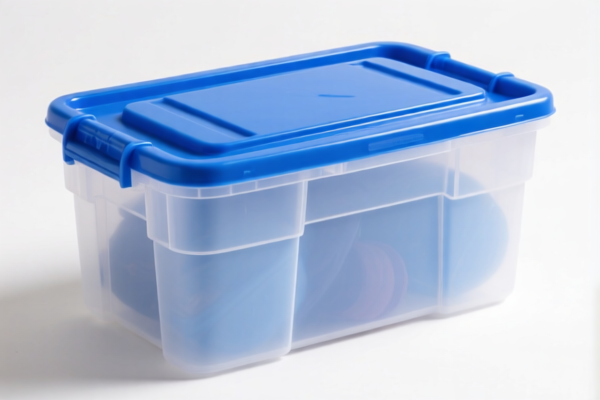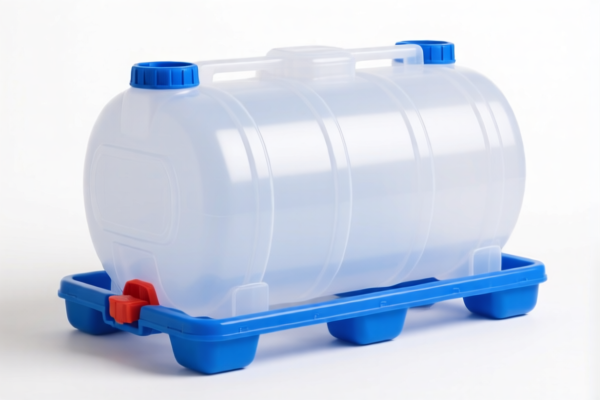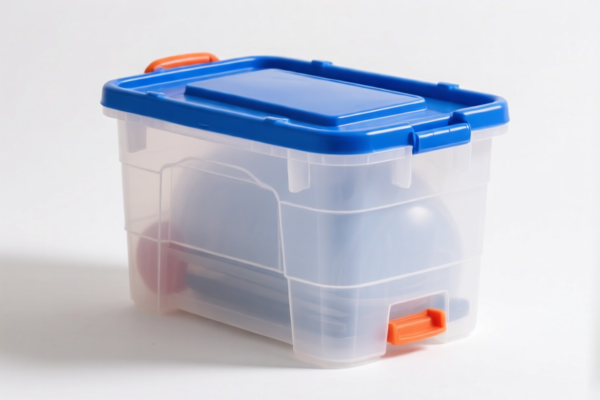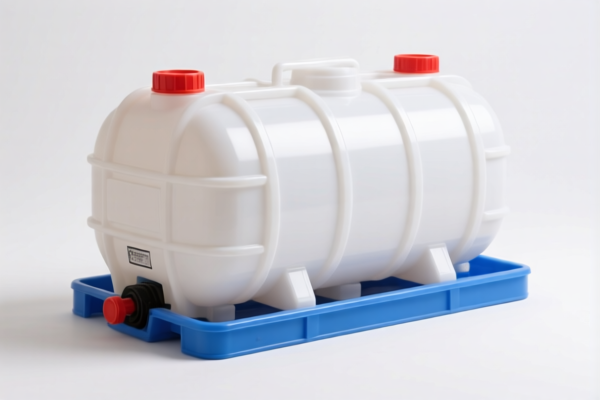| HS Code | Official Doc | Tariff Rate | Origin | Destination | Effective Date |
|---|---|---|---|---|---|
| 7309000030 | Doc | 80.0% | CN | US | 2025-05-12 |
| 7309000090 | Doc | 80.0% | CN | US | 2025-05-12 |
| 7310100005 | Doc | 80.0% | CN | US | 2025-05-12 |
| 7310100090 | Doc | 80.0% | CN | US | 2025-05-12 |




Iron Storage Tank
An iron storage tank is a container constructed primarily from iron, utilized for the containment of liquids, gases, or solids. Their robustness and cost-effectiveness make them suitable for a variety of applications, though corrosion is a significant consideration.
Material
The primary material is iron, often in the form of carbon steel. Different grades of steel are employed based on the specific application's requirements for strength, weldability, and corrosion resistance. The tanks may be constructed from rolled steel plates, welded together to form the desired shape. Internal linings, such as epoxy coatings, are frequently applied to mitigate corrosion. Cast iron is less common for large storage tanks due to its brittleness but can be used for smaller, specialized containers.
Purpose
Iron storage tanks serve a broad range of purposes, including:
- Water Storage: Potable water, wastewater, rainwater harvesting.
- Fuel Storage: Diesel, gasoline, kerosene, fuel oil (though specialized tanks with enhanced safety features are typically used).
- Chemical Storage: Various industrial chemicals, acids, bases, and solvents (requires appropriate lining and material selection).
- Agricultural Storage: Fertilizers, pesticides, and other agricultural liquids.
- Industrial Processes: Holding tanks for intermediate products in manufacturing processes.
Function
The primary function is secure containment. Beyond this, tanks often incorporate features for:
- Level Indication: Gauges, floats, or electronic sensors to monitor contents.
- Pressure Control: Vents, pressure relief valves to manage internal pressure.
- Access: Manways or hatches for inspection and cleaning.
- Support: Foundations or supports to bear the weight of the tank and its contents.
- Heating/Cooling: Jackets or coils for temperature regulation.
- Mixing: Internal agitators or baffles for homogenization.
Usage Scenarios
- Rural Properties: Water storage for livestock or irrigation.
- Farms: Fuel and fertilizer storage.
- Construction Sites: Temporary fuel or water storage.
- Industrial Facilities: Chemical processing, manufacturing, and waste management.
- Municipalities: Water towers, wastewater treatment plants.
- Fire Protection: Water storage for fire suppression systems.
Common Types
- Vertical Cylindrical Tanks: The most common type, offering efficient storage volume and ease of construction. Often supported by a foundation and a shell.
- Horizontal Cylindrical Tanks: Used when space is limited or when mixing is required. Supported by saddles or legs.
- Rectangular Tanks: Less common due to more complex fabrication, but suitable for specific space constraints.
- Underground Tanks: Used for fuel or water storage, offering protection from the elements and reduced visual impact, but require careful corrosion protection.
- Shop-Fabricated vs. Field-Erected: Smaller tanks can be constructed entirely in a shop and transported to the site. Larger tanks are often assembled on-site (field-erected).
- Single-Wall vs. Double-Wall: Double-wall tanks provide an extra layer of protection against leaks and spills, particularly important for environmentally sensitive applications.
Iron storage tanks fall under several classifications depending on capacity. Here's a breakdown of relevant HS codes based on the provided information:
- 7309000030: This code covers reservoirs, tanks, vats, and similar containers for any material (other than compressed or liquefied gas), made of iron or steel, with a capacity exceeding 300 liters. These containers may or may not be lined or heat insulated and are not fitted with mechanical or thermal equipment. The total tax rate is 80.0%, comprised of a 0.0% base tariff and a 25.0% additional tariff, increasing to 30.0% after April 2, 2025. A 25% additional tariff applies to steel and aluminum products.
- 7309000090: This code also covers reservoirs, tanks, vats, and similar containers for any material (other than compressed or liquefied gas), made of iron or steel, with a capacity exceeding 300 liters. Like 7309000030, these may or may not be lined or heat insulated and are not fitted with mechanical or thermal equipment. The total tax rate is 80.0%, comprised of a 0.0% base tariff and a 25.0% additional tariff, increasing to 30.0% after April 2, 2025. A 25% additional tariff applies to steel and aluminum products.
- 7310100005: This code applies to tanks, casks, drums, cans, boxes, and similar containers for any material (other than compressed or liquefied gas), made of iron or steel, with a capacity not exceeding 300 liters. Specifically, it covers refillable stainless steel kegs, whether or not pressurized, of a kind described in statistical note 1 to this chapter. The total tax rate is 80.0%, comprised of a 0.0% base tariff and a 25.0% additional tariff, increasing to 30.0% after April 2, 2025. A 25% additional tariff applies to steel and aluminum products.
- 7310100090: This code also applies to tanks, casks, drums, cans, boxes, and similar containers for any material (other than compressed or liquefied gas), made of iron or steel, with a capacity not exceeding 300 liters. It covers containers of this type other than the refillable stainless steel kegs specified in 7310100005. The total tax rate is 80.0%, comprised of a 0.0% base tariff and a 25.0% additional tariff, increasing to 30.0% after April 2, 2025. A 25% additional tariff applies to steel and aluminum products.
Important Note: The applicable tax rate for all listed HS codes is 80.0%, consisting of a 0.0% base tariff and a 25.0% additional tariff, which will increase to 30.0% after April 2, 2025. Additionally, a 25% additional tariff applies to steel and aluminum products. The capacity of the iron storage tank is critical in determining the correct HS code.
Customer Reviews
No reviews yet.